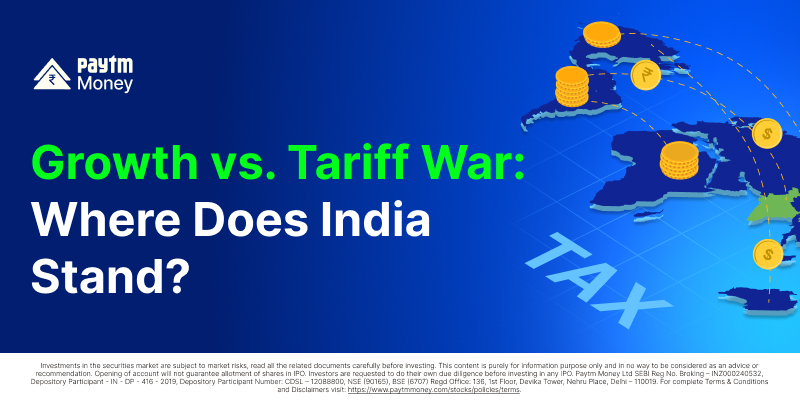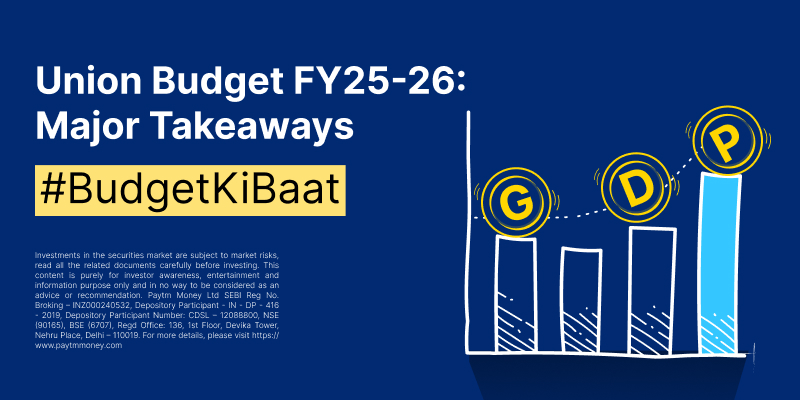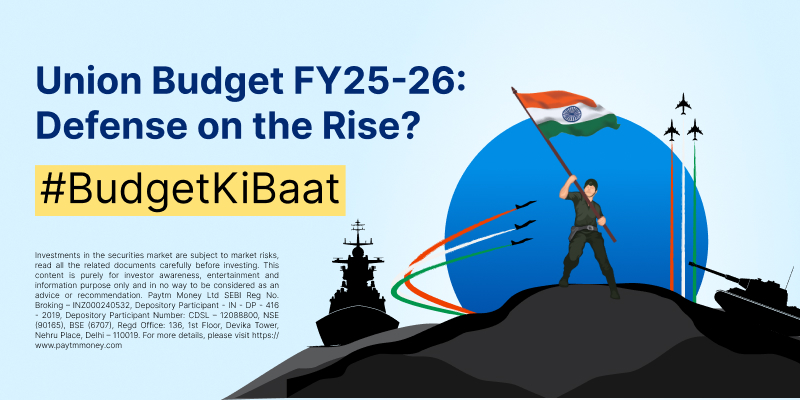Tariffs, Tensions, and Triumphs: India’s Path Amid Global Upheaval4 min read
A Historical Echo: The Domino Effect of Trade Wars
The year was 1930 when the Smoot-Hawley Tariff Act triggered a global trade war, deepening the Great Depression. The act raised import duties on more than 20,000 goods, including agricultural imports, by about 20%. Fast forward to 2025, and history seems to rhyme. With Donald Trump back in the Oval Office, his administration has reignited tariff battles, this time aimed at China and a host of other global players. As the world’s two largest economies spar, India finds itself both at risk and at the cusp of an unprecedented opportunity.

The New Trump Administration: Who’s in Charge and What They’re Planning
President Trump’s 2025 policies reflect a familiar “America First” stance, spearheaded by his inner circle of hawkish policymakers. Newly appointed Secretary of Commerce Howard Lutnik and USTR head Jamieson Greer have set their sights on tightening trade deals—moves that may indirectly strengthen the dollar, putting further pressure on the rupee.
India, already a victim of higher tariffs during Trump’s first term, could once again face challenges in key export sectors like pharmaceuticals, foods, textiles, and IT services. However, the appointment of Scott Bessent, a veteran hedge fund manager, as Treasury Secretary may soften Trump’s hard stance on tariffs.
A US-China Conflict: India’s Silver Lining Amid the Storm
The escalating US-China conflict has created a geopolitical divide that India could strategically capitalize on. While global trade policy shifts may pose challenges, the “China+1” strategy offers India significant opportunities, provided proactive measures are taken by the government and industries to bridge gaps left by China.
During the previous Trump administration, the trade war began in January 2018 and had a negative impact on US-China trade until 2020 (see below).

American companies diversifying supply chains could boost India’s manufacturing, especially in semiconductors and consumer electronics, supported by the Production Linked Incentive (PLI) scheme. However, a potential war could disrupt global trade, causing raw material shortages in sectors like automotive components and textiles.
Source: Business World

Note: India benefits from the US-India trade because it exports more goods to the US than it imports.
RBI’s Balancing Act: Inflation, INR, and Rate Cuts
The Reserve Bank of India (RBI) has its task cut out. With US bond yields and the dollar index surging due to strong economic data, the INR could come under further pressure; which is already trading near all-time lows, hurting India’s trade balance. However, if inflation cools down by mid-2025, thanks to falling global demand, especially private expenditure and consumption, the RBI might consider rate cuts to boost economic growth. This move would align with the US Federal Reserve’s move towards easing monetary policies.

Sectors to Watch: Risks and Rewards
Hurting Sectors:
- IT Services: Trump’s visa policies could curtail India’s access to the US market.
- Textiles and Gems: Tariff barriers might make exports less competitive.
Benefiting Sectors:
- Electronics Manufacturing: Supply chain diversification away from China.
- Defense Production: Increased US-India cooperation under initiatives like iCET. In terms of critical and emerging technologies, iCET is a framework that has been agreed upon by India and the US.
- Green Energy: Europe’s push for renewable energy offers growth opportunities for India’s solar and wind sectors.
India’s Way Forward
India stands at a crossroads in a rapidly changing global economic landscape. To thrive, the country must focus on three key strategies:
- Strategic Free Trade Agreements (FTAs): By negotiating trade deals that bolster exports and protect domestic industries, India can strengthen its position in global markets while mitigating risks from geopolitical shifts.
- Investment in Self-Reliant Technologies: Prioritizing advancements in AI, renewable energy, and critical manufacturing can reduce dependency on imports and build resilience against supply chain disruptions.
- Calibrated Monetary Policies: Proactive management of inflation, interest rates, and liquidity will ensure financial stability while fostering growth amidst global economic volatility.
As major economies recalibrate their policies, India has an unprecedented opportunity to lead the charge in defining the future of trade, innovation, and sustainability. By blending agility with long-term vision, it can transform current challenges into a springboard for global leadership.
Other Sources:
- IMF World Economic Outlook 2024
- RBI Monetary Policy Reports
- Trade Policy Briefs from the Ministry of Commerce
- Geopolitical insights from Stratfor and Bloomberg
Disclaimer: Investments in the securities market are subject to market risks, read all the related documents carefully before investing. This content is purely for informative and educational purposes only. Paytm Money Ltd SEBI Reg No. Broking – INZ000240532, Depository Participant – IN – DP – 416 – 2019, Depository Participant Number: CDSL – 12088800, NSE (90165), BSE (6707), Regd Office: 136, 1st Floor, Devika Tower, Nehru Place, Delhi – 110019. For more details, please visit https://www.paytmmoney.com




